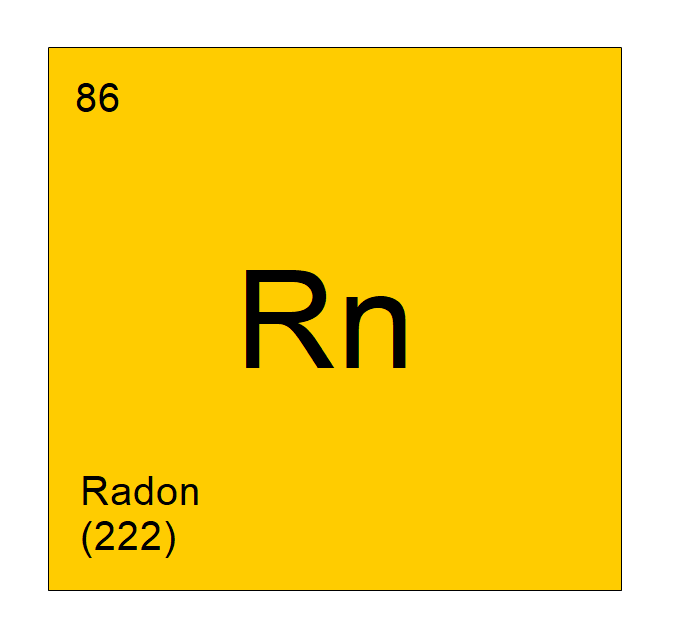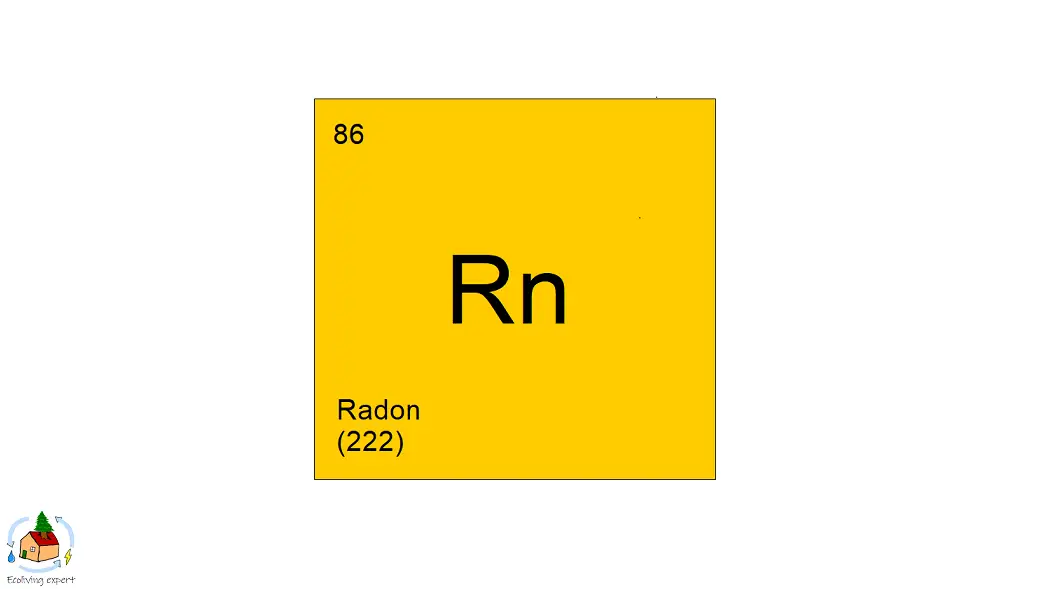What is radon?
Radon is a radioactive gas that originates from the soil where the natural elements uranium and thorium are present. It arises from the natural decay of these compounds.
As a colorless, odorless, and tasteless gas, radon is quite difficult to detect.
What risk does radon pose to our health?
Outdoor levels of radon are generally extremely low since the gas is quickly diluted. Therefore, outdoor radon is generally not a problem. Radon levels in our homes and schools can, however, increase and pose a serieus health threat.
According to the EPA, radon gas is the number one cause of lung cancer among non-smokers in the United States. The same is true for many other countries, including China and many European countries. In the US, radon exposure is the second leading cause of lung cancer. Additionally, smokers who are regularly exposed to radon gas have a 25 times higher chance of getting lung cancer. (source)
Although the health risk becomes lower when radon exposure is reduced, there is, unfortunately, no safe level of radon.

Am I at risk of radon exposure?
Radon is not equally present all over the world. Therefore, some countries need to pay more attention to radon than others. On radonmap.com you can find if you live in an area where you are at risk of radon exposure.
There is no safe level of radon. However, the average concentration of radon in outdoor air is 0.4 pCi/L (picocuries per liter, and yes picocuries is the actual unit).
The EPA recommends taking action in your home when levels rise above 4.0 pCi/L. That is ten times the average outdoor level. If you have levels between 2 and 4 pCi/L, the EPA recommends to at least consider taking measures.
How does radon enter our homes?
As mentioned, radon is a gas. Therefore, it can make its way from the soil and groundwater into our homes through cracks and leaks. The amount of radon entering our homes depends on:
- the amount of uranium and thorium in the soil
- the number and accessibility of ways for radon to enter the house
- ventilation habits and air-tightness of the house
Since radon enters the house from the ground, its levels are usually higher in the basement and other areas that are closer to the soil. Radon levels can vary from day to day and between houses.
Preventive measures
According to the World Health Organisation, the following steps can be taken to prevent radon gas entering your house:
- increase ventilation underneath the floor
- install a radon sump system underneath the floor or in the basement
- sealing floors and walls
- improve the ventilation of your house
- install a radon ventilation fan
- install radon monitoring equipment
A radon ventilation fan can simply be bought online, for example, here on amazon. However, I would recommend contacting a local expert on this subject and try to see if you can get radon measurements done for your house. On top of that, an expert on this subject might be able to advise on the possible adjustments you might need to make to your house.
Radon monitoring equipment
A radon monitoring device makes sure you are always aware of your radon levels and can take measures accordingly.
In looking for the best radon monitoring equipment I found a Norwegian company called Airthings, that produces excellent air quality monitors, including a radon monitor. These monitors are easy to operate (just wave your hand in front of the device) and send their data to an app on your phone.
Discount on Airthings radon monitor
If you are interested in buying a radon monitor, I would recommend the Airthings Wave (2nd gen) – smart radon monitor. You can use this link to get a 10% discount on Airthings.com.
Air quality monitors
To make sure you are always aware of the levels of radon, VOCs, and other harmful substances in your apartment, an air quality monitor is an excellent tool. An air quality monitor can measure airborne chemicals, temperature, and humidity, depending on the device.
If you are interested in buying an air quality monitor, I would recommend choosing a model that measures a wide range of air pollutants. In this way, you never have to worry if you are missing just that one compound that is causing problems.
Therefore, I recommend the Airthings Wave Plus. This air quality monitor not only measures radon levels and VOCs but also CO2 levels, temperature, air pressure, and humidity.
By using this link to the Airthings Wave Plus air quality monitor you will get a discount of about 10%!


